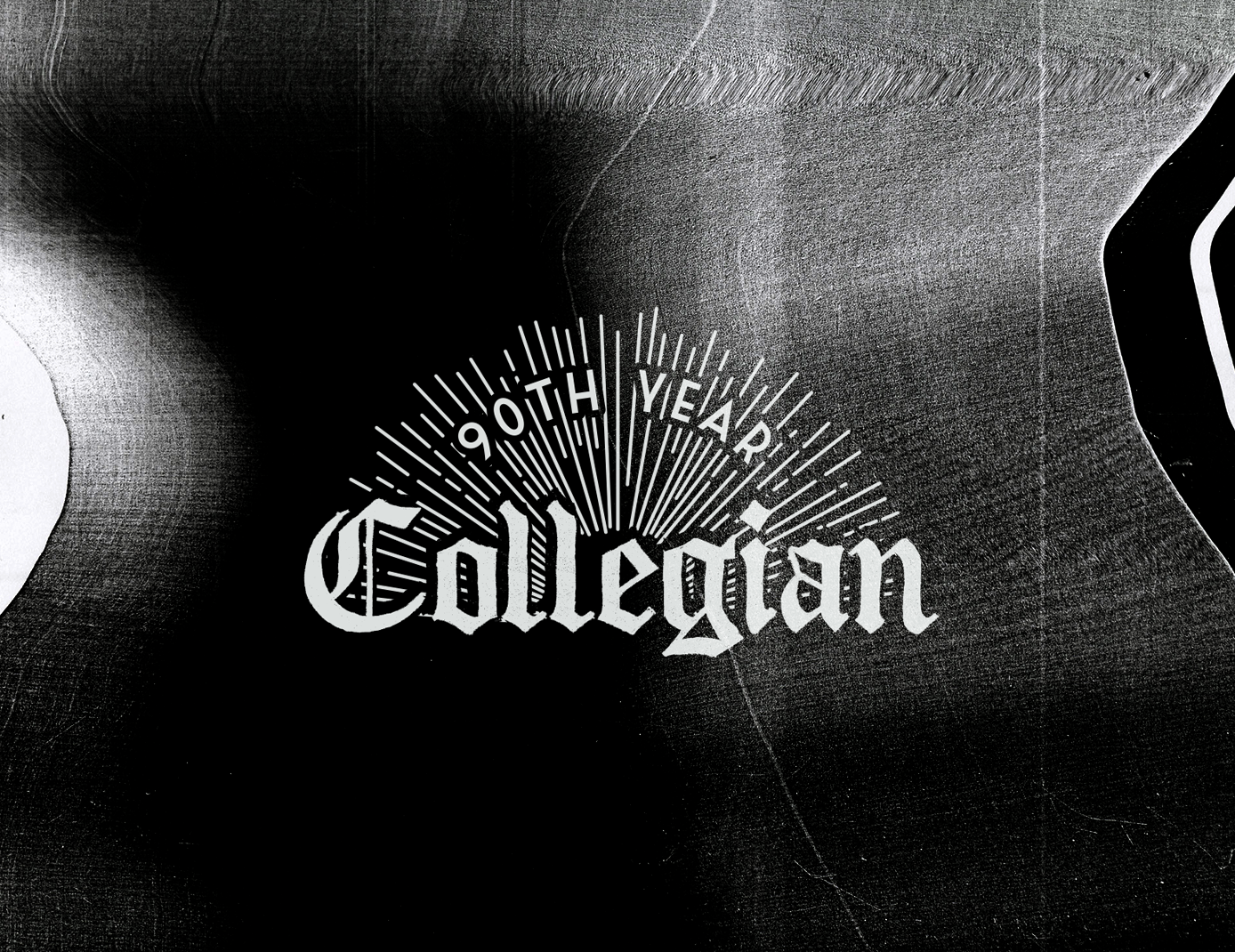By Matthew Pertz, Staff Writer
Birthdays are a time for celebrating the past and anticipating the future. They serve as a day to forget struggles and instead appreciate one’s blessings. The Asbury Collegian is having its 90th Birthday Bash tonight, November 6, in the Student Center at 7:00 p.m. to celebrate both the highlights of the past and the potential of the future.
“I think the Collegian does a good job of telling stories that are untold, to be able to find those stories, and be able to connect those to campus, and I think that’s so important to building community.”
According to Suzanne Gehring, who serves as Head of Archives and Special Collections in Kinlaw library, the Collegian debuted under its current name in 1925, although the first edition of an Asbury newspaper was published 11 years earlier. The new name was the brainchild of editor-in-chief Z.T. Johnson and Dr. E. Stanley Jones. As per the suggestion of Jones, the original Collegian published both a guys’ and a girls’ issue, presumably to avoid any kind of unwholesome cross-gender fraternizing over current events. After less than a year, the two were consolidated into one edition edited by a male student. In 1942, Lucy Clark became the paper’s first female editor because of World War II and a “man-power shortage,” according to the 1943 yearbook.
Looking back on his days as an Asbury student in the 1970s, Collegian adviser Greg Bandy remembers a strained relationship between students and administration that was often evident in the Collegian’s articles.
“I always read the paper avidly even though when I was here there was no journalism program,” said Bandy. “The paper at times could have more of a contentious relationship with the administration … the letters to the editor could go back and forth between students and faculty.”
Indeed, letters to the editor were banned after the May 19, 1976 issue when the administration accused the staff of printing a letter that was, among other things, “critical to the doctrinal stand of Asbury College.” The letter in question was written by then-Seminary student Steven R. Rich who sought to highlight a disconnect between Jesus’ moral teachings and Asbury’s moral regulations of the time. Some of his gripes included rules on mandatory chapel attendance and midnight curfew, both of which are still in place today.
“Jesus came that we might have an abundant life, not abundant rules,” he wrote. “Let’s face it, Christianity is not something you legislate. It’s something you live.”
However, the 1970s were not always as tense for campus newsprint. On opposite sides of the Oct. 4, 1974 spread were the headlines “For ding-a-lings only” and “Can there be social life at Asbury?”
As the Collegian staff looks to the future of the newspaper, one of the biggest changes they hope to see is an up-to-date presence online.
The Collegian is a place where students can have open conversation. We want it to include all of campus and all of the community and I think it does that.
“I would say we’re probably going to go more online and continue to evolve,” said Bandy. “We’re still feeling our way through these transitions, but the goal will be to have more multimedia-based news.”
Bandy has returned to the Collegian this year as interim adviser, but previously served as adviser during the 2005-2006 and 2006-2007 school years. Given the nine-year gap between his advising, Bandy has keen insight on the biggest changes at the Collegian during his time at Asbury, including an increased online presence.
“We’re kind of deferring the news items to the online site and more features to the printed side,” he said.
Executive editor Jorge Castorena believes that the paper will succeed online due to its community-based values.
“The Collegian is a place where students can have open conversation,” said Castorena. “We want it to include all of campus and all of the community and I think it does that.”


